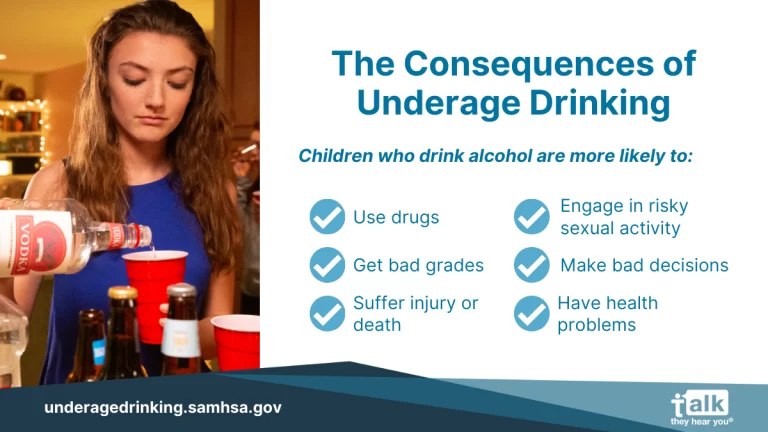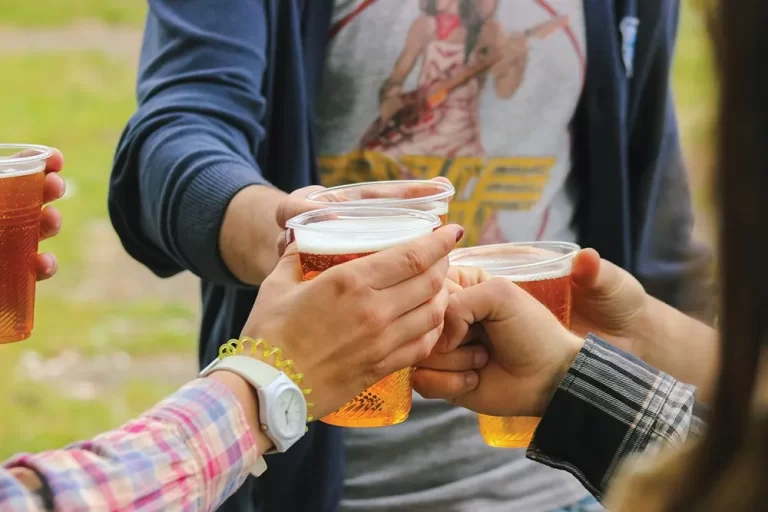Alcohol & Underage Drinking
Underage drinking is an ongoing public health threat in our communities. Alcohol is the most widely used substance among America’s youth and can cause them serious health and safety risks.
Underage Drinking
More than two decades of research from the American Medical Association show that alcohol causes severe and possibly lasting brain damage in people under the age of 21. Teens who use alcohol score worse on vocabulary, visual-spatial tests, and memory tests. They also are more likely to perform poorly in school and suffer from social problems, depression, suicidal thoughts, and violence. Still think it’s “just a rite of passage?”
The Substance Abuse and Mental Health Services Administration (SAMSHA) has a campaign called “Talk. They Hear You.” The goal of this campaign is to decrease underage drinking and substance abuse in youth under the age of 21.

Learn About Risk and Protective Factors
Risk and Protective Factors are conditions in the community, family, school and the individual’s environments that are known to increase or decrease the likelihood that a young person will engage in one or more problem behaviors.
Why do we look at these? The more risk factors youth face, the more likely the child is to have substance abuse and related problems as a teen or young adult. Enhancing protective factors can reduce the likelihood of these problem behaviors.
Your community prevention coalition looks at these risk and protective factors and how they operate in their respective communities. This information allows the coalition to select the needed activities and prevention programs that have been shown to reduce risks.
How to Use Risk and Protective Factors to Help Your Child
Risk Factors are like red flags that can warn you about possible dangers in your child’s future and help you take steps to prevent those dangers. Protective factors can be called preventive measures that can help keep your child from using alcohol, tobacco and other illegal drugs.
As Parents, the connection between risk and protective factors can be a resource that informs you of the many influences that affect your child’s decisions and behaviors. Promoting or increasing protective factors, while reducing risk factors, helps to buffer young people from the negative consequences of exposure to risk. Protective factors either reduce the impact of the risk or change the way the young person would respond to that risk.
Risk factors function in a cumulative fashion; that is, the greater the number of risk factors, the greater the likelihood that youth will engage in delinquent or other risky behavior. There is also evidence that problem behaviors associated with risk factors tend to cluster. For example, delinquency and violence cluster with other problems, such as drug abuse, teen pregnancy, and school misbehavior.

Factors That Predict the Likelihood of Risky Behaviors by Youth
Individual
Antisocial behavior, favorable attitudes toward drug use, early onset of alcohol and/or drug use, poor refusal skills, early onset of aggression or violence, victimization and exposure to violence, gun possession, life stressors, early sexual involvement, intellectual or development disabilities, and mental health issues.
School
Low academic achievement, negative attitude toward school, low school attachment, truancy/frequent absences, suspension, dropping out of school, identified as learning disabled, or frequent school transitions.
Family
Family history of alcohol and/or drug use, parental use of harsh or physical punishment, erratic discipline practices, poor parental supervision, poor family bonding, family violence, child victimization and maltreatment, pattern of high family conflict, family history of parent criminality, having a young mother, sibling antisocial behavior, family transitions, or low parent education level.
Peers
Peer alcohol, tobacco or drug use, gang involvement, association with delinquent or aggressive peers, or peer rejection.
Community
Availability of alcohol, tobacco, and other drugs in neighborhood, availability of firearms, high-crime neighborhood, low community attachment, poverty, neighborhood youth in trouble, or feeling unsafe in the neighborhood.
This app helps parents and caregivers prepare for some of the most important conversations they may ever have with their kids. It shows them how to turn everyday situations into opportunities to talk with kids about alcohol and other drugs, and equips them with the necessary skills, confidence, and knowledge to start and continue these conversations as their kids get older.

